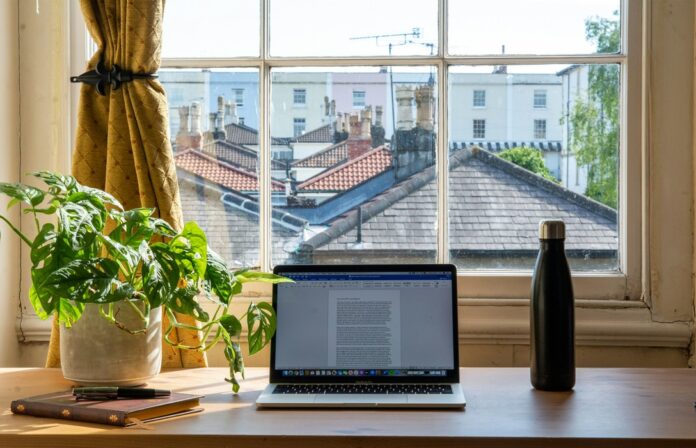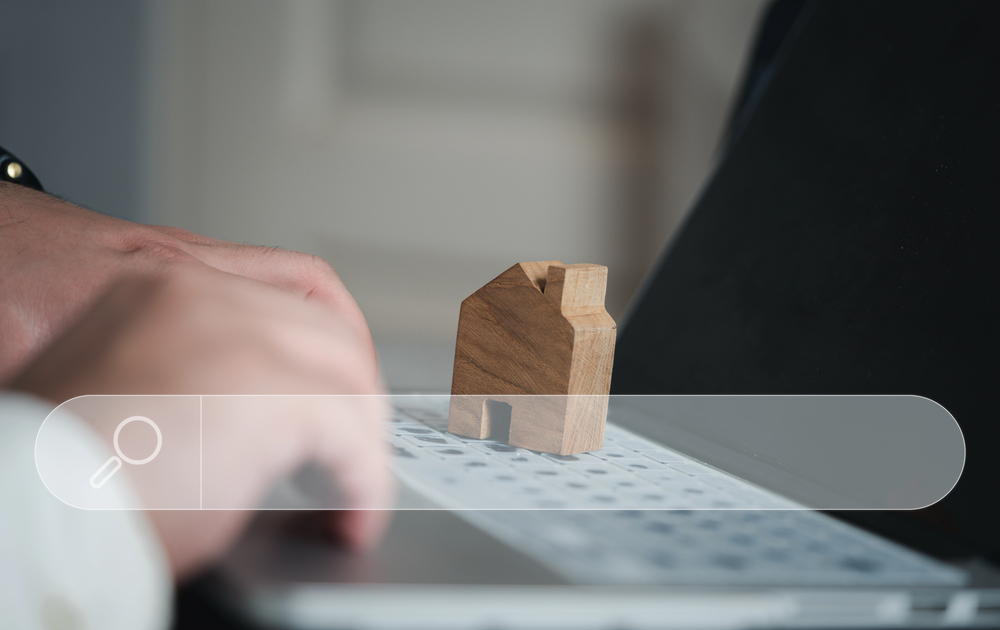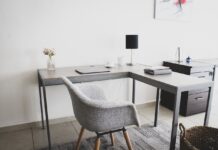
You do not always need to spend a fortune to design a productive home office. With creativity and smart planning, you can transform even the smallest corner into an efficient, organized space. Whether you’re working remotely or full-time, having a tidy and functional area can boost your focus and reduce stress. From buying used office items to repurposing everyday household items, let’s discuss how to create an organized office on a budget.
Why Should You Organize Your Home Office?
An organized home office is essential for maintaining productivity, reducing stress, and creating a professional environment, even within your home. When your workplace is chaotic or cluttered, it can be difficult to focus, find important documents, or feel motivated to work.
Lack of organization can cause you to waste your time and face unnecessary frustration. It can also interfere with your ability to meet deadlines and stay on task. On the other hand, a tidy office promotes clarity and efficiency.
Organizing your office lets you know where everything is, saving time and mental energy. It also creates a sense of control and calm, improving your mood and reducing the overwhelming feeling of juggling work and personal responsibilities in the same space.
An organized office also contributes to better ergonomics and overall well-being. A clean, well-thought-out office layout helps prevent physical strain and encourages better posture. It can also improve your professional image during calls and meetings.
Whether working full-time from home, freelancing, or simply managing household affairs, having an organized workspace supports your success. Investing time creating a smooth environment can improve focus, increase productivity, and make work more enjoyable.
8 Tips for Organizing Your Home Office on a Budget
Organizing your home office on a budget is not always daunting. You can create an efficient and clutter-free workspace with some creativity and resourcefulness. From determining your office needs to repurposing household items, here are eight tips for organizing the space.
Evaluate Your Space
Start by assessing your available space and identifying how it is used. Consider the lighting, layout, and distractions. Take measurements and note what furniture or supplies you have. This helps you plan effectively, avoid unnecessary purchases, and make smart decisions that match your workflow.
Determine Your Office Needs
Identify the essentials you need to work efficiently, such as a desk, chair, storage, and tech tools. Pay attention to functionality, prioritize it over aesthetics, and focus on items supporting your daily tasks. Knowing your true needs prevents overspending and helps you create a suitable workplace to optimize your productivity.
Create a Budget
Set a realistic budget by outlining all the necessary items and estimating costs. Factor in potential savings from using what you already own. A clear budget keeps you focused, helps you avoid impulse purchases, and ensures you stay financially responsible.
Prioritize the Important Upgrades
Focus on your budget upgrades that improve comfort and productivity, like an ergonomic chair or better lighting. Avoid spending on non-essential items right away. Prioritizing what affects your work the most ensures you get the best value for your money while creating an efficient home office space.
Declutter Your Space
Start by clearing out unnecessary items that take up space and distract you. Keep only what you use frequently and donate or store the rest. Decluttering costs nothing and makes your office feel more spacious, organized, and functional, laying a foundation for a productive environment.
Repurpose Household Items
Look around your home for items you can reuse in your office. Mason jars can hold pens, baskets can be used as storage bins, and an old table can serve as a desk. Repurposing saves money, reduces waste, and adds a personal touch to your workspace.
Use Multifunctional Furniture
Choose furniture that can serve multiple purposes, like a desk with built-in storage or a foldable table that saves space. Multifunctional pieces maximize utility without an extra cost, making your office more efficient and organized.
Buy Used Office Items
You can save money by buying gently used office furniture and supplies from thrift stores, online marketplaces, or garage sales. For instance, you can buy office storage solutions like used school locker collections. You can always find other quality office pieces that fit your needs.
Endnote
Organizing your home office does not always have to cost so much. You can achieve this on a budget by evaluating the space, determining your office needs, creating a budget, creating priorities, and decluttering the space. You’ll also achieve this by repurposing home items, using multifunctional furniture, and buying used office items.
Find a Home-Based Business to Start-Up >>> Hundreds of Business Listings.














































